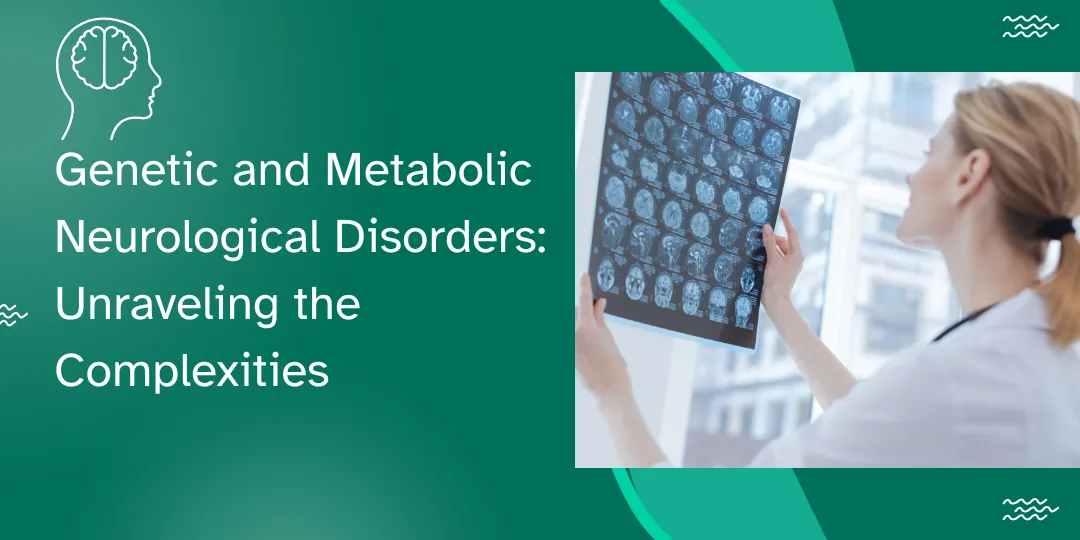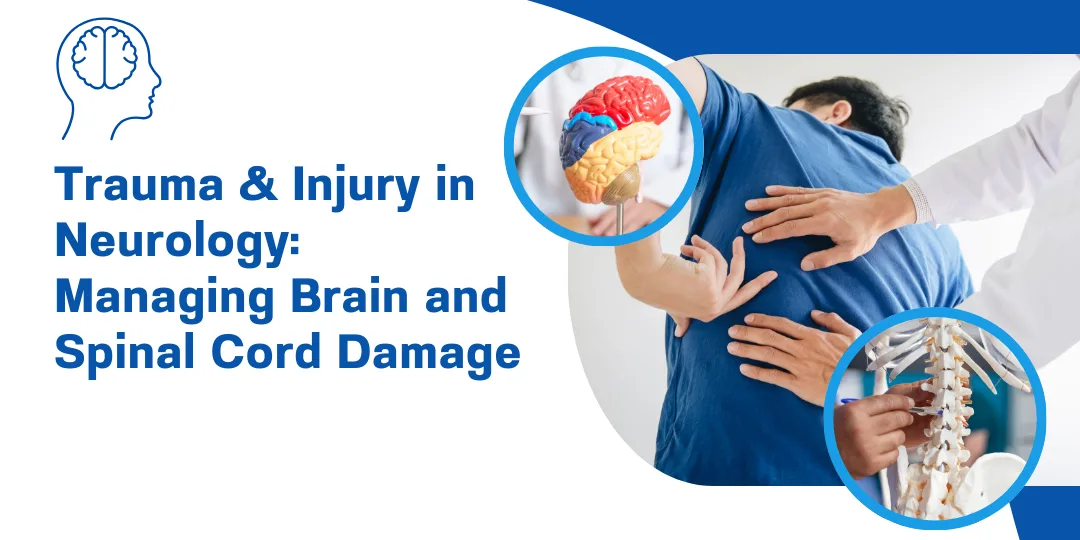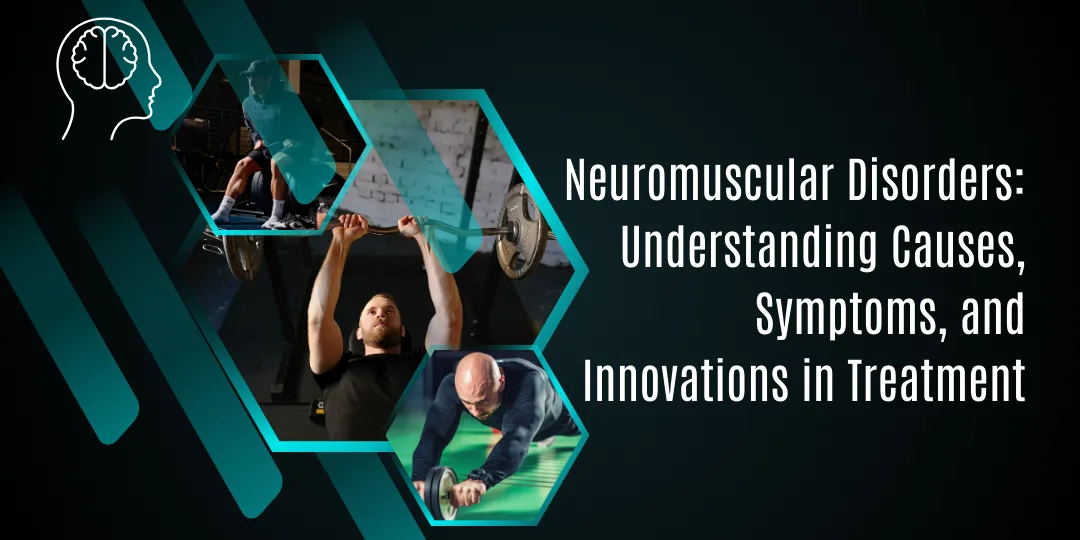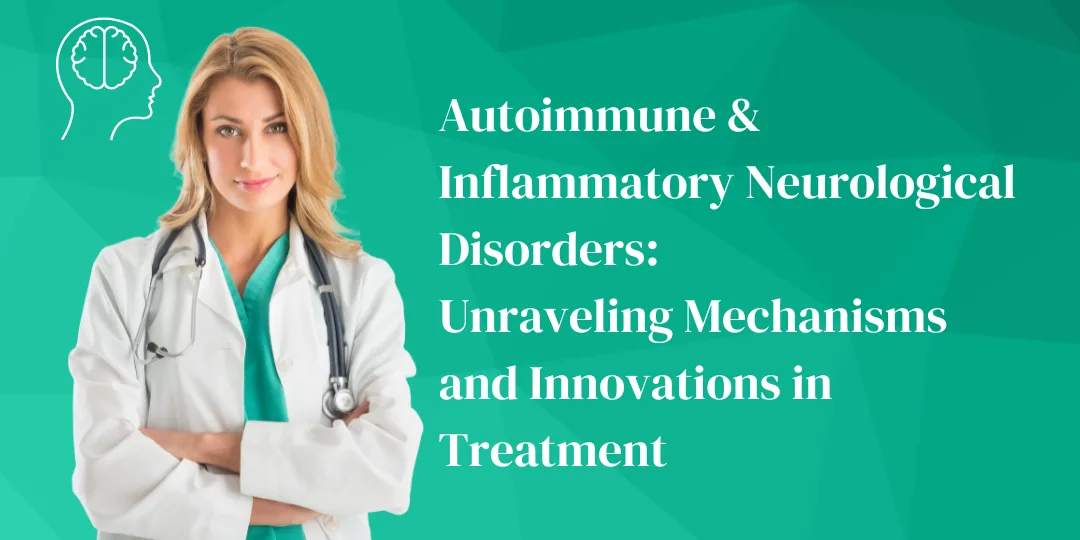Epilepsy and seizure disorders are neurological conditions characterized by abnormal electrical activity in the brain, leading to recurrent seizures. These conditions can significantly impact quality of life, but advancements in diagnosis and treatment have opened new avenues for management. In this blog post, we’ll explore the different types of seizures, diagnostic tools, and cutting-edge therapies for epilepsy.
Focal vs. Generalized Seizures: EEG Patterns and Pharmacotherapy
Seizures are broadly classified into focal (originating in one area of the brain) and generalized (affecting both hemispheres). Electroencephalogram (EEG) is a key diagnostic tool for identifying seizure patterns. Treatment typically involves antiepileptic drugs (AEDs) tailored to the seizure type, such as carbamazepine for focal seizures and valproate for generalized seizures.
Drug-Resistant Epilepsy: Surgical Options and Neurostimulation Devices
Approximately 30% of epilepsy patients have drug-resistant epilepsy, where seizures persist despite medication. Surgical options, such as resection or laser ablation of the epileptic focus, can be highly effective. Neurostimulation devices, like vagus nerve stimulation (VNS) and responsive neurostimulation (RNS), offer hope for reducing seizure frequency and improving quality of life.
Status Epilepticus: Emergency Protocols and Long-Term Outcomes
Status epilepticus is a life-threatening condition where seizures last longer than five minutes or occur in rapid succession without recovery. Immediate treatment with benzodiazepines and AEDs is crucial to prevent brain damage. Long-term management focuses on identifying and addressing the underlying cause to prevent recurrence.













0 Comments